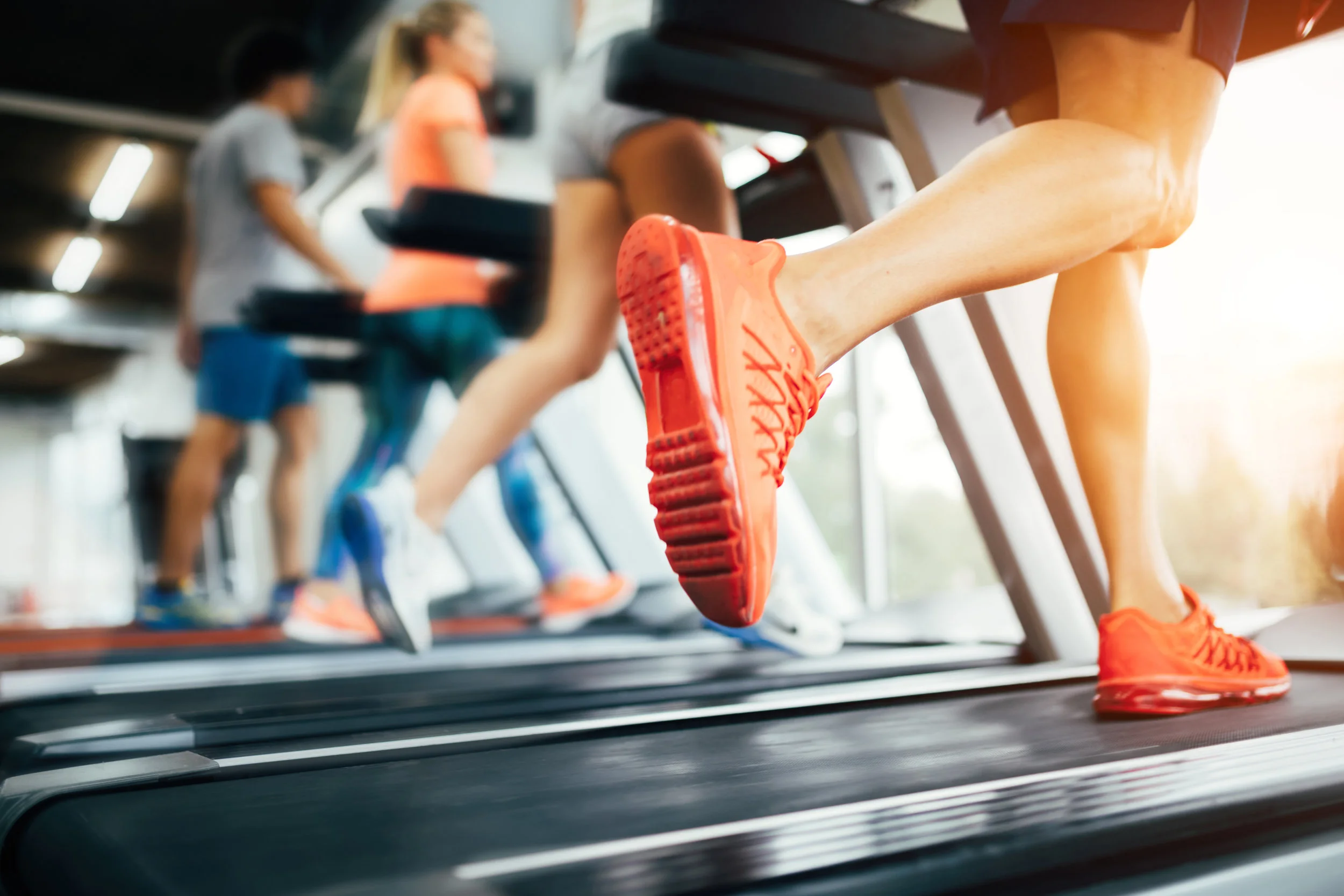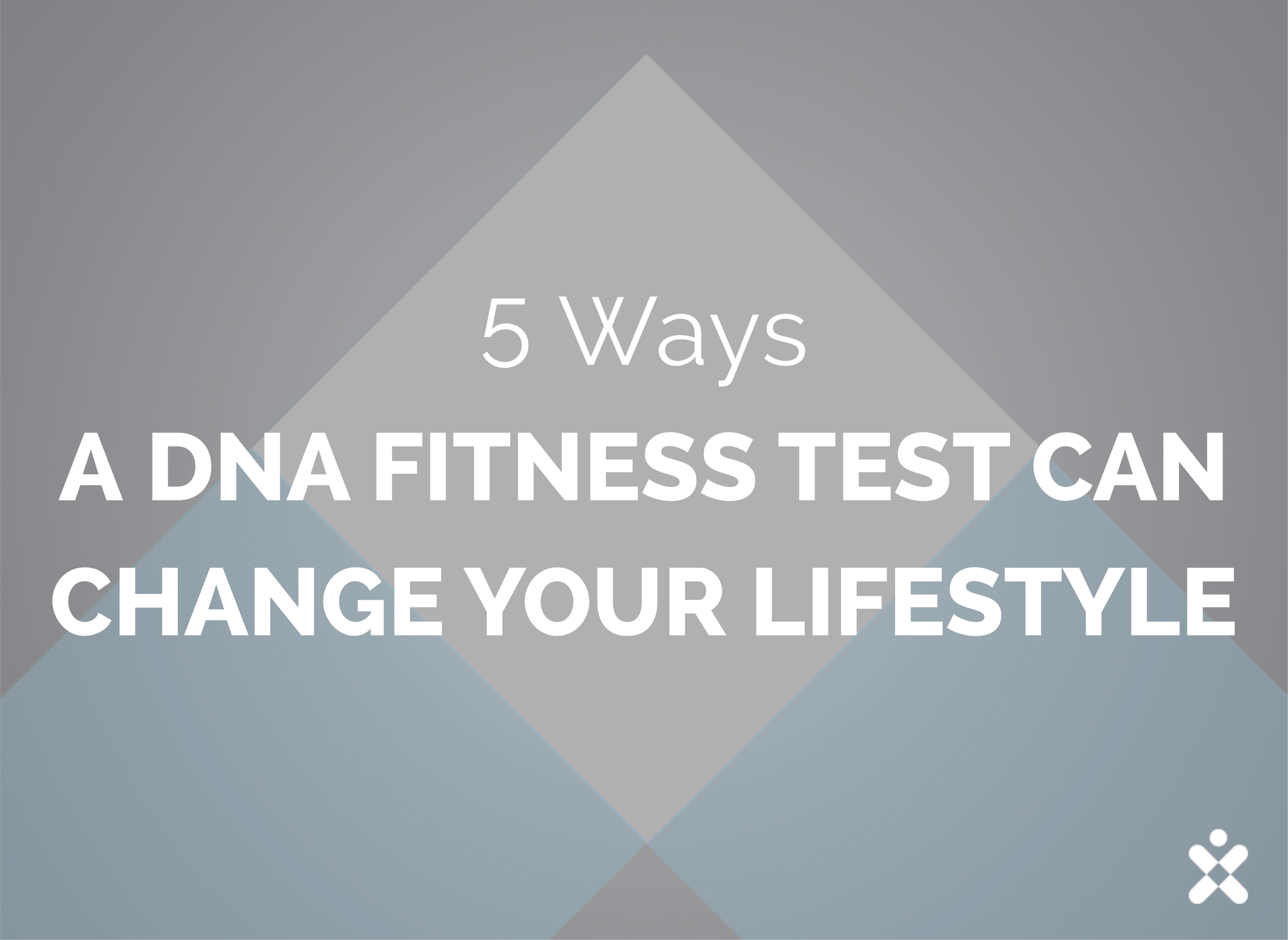For many people, BMR (Basal Metabolic Rate) and RMR (Resting Metabolic Rate) are synonymous. Both titles refer to roughly the same concept, and so have very little difference in one's mind. The truth, however, is that BMR and RMR actually have differences that make a difference when it comes to watching your weight and counting your calories.
Understanding the difference between these two titles may not be the first step to understanding your body, but it is an important one nevertheless. Fortunately for you, we have compiled everything you need to know about your BMR and RMR as well as the differences between them.
The Similarities
Basal Metabolic Rate and Resting Metabolic Rate are used to estimate and ultimately measure the amount of calories one burns if they are at rest for 24 hours.
In short, these rates are used to figure out the minimum amount of energy necessary for a person's body to keep functioning at a healthy homeostasis: lungs breathing, heart beating, brain working, and a normal body temperature maintained. The rates are figured through a selfsame process, but this is where the similarities of BMR and RMR end.
Both BMR and RMR are measured using gas analysis through one of two ways: either direct or indirect calorimetry. RMR can also be estimated using a certain equation known as the Mifflin St. Jeor Equation. This equation takes sex, age, height, and weight into account.
Though they measure roughly the same thing, BMR is measured using more restrictive conditions, while RMR is measured under looser conditions. What's more, there are certain requirements that must be observed before taking a person's Basal Metabolic Rate.
With their Resting Metabolic Rate, no such requirements apply. The differences in the final measurements affect the final reading, giving way to the differences between the rates.
What is BMR?
One's Basal Metabolic Rate is the rate at which a living being (typically a human, but most all mammals apply) gives off heat while at complete rest. It is measured while the individual is awake, but completely at rest. In most cases and for the best results, the test is conducted in a darkened room after the person has just awakened from at least eight hours of sleep.
This is to ensure that the individual is at their most calm and rested. To ensure that the test subject has indeed achieved eight hours of rest, most individuals are required to spend the night in the testing facility.
In order to get accurate results and estimations, it is imperative that the individual does not exert any extra energy while they are undergoing their test. Any type of unnecessary exertion can ruin the readings, resulting in the test needing to be redone.
Most testing facilities have the individual recline so that they are resting completely. In addition, they are required to fast for 12 hours before they take the test. This is to ensure that not even their digestive system is working during the test.
Since the goal of the BMR is to find out how much energy is needed to keep the body functioning while at complete rest, the only energy that should be released during the test is what is needed to keep vital organs and functions going.
As a reminder, these functions are: maintaining a normal temperature, maintaining a regular heartbeat, and breathing normally.
What is RMR?
Resting Metabolic Rate is also known as Resting Energy Expenditure (REE). As the name implies, this test measures how much energy is required to keep the body in perfect homeostasis while asleep or resting.
Because this test is conducted while the individual is asleep, it is much less restrictive than the BMR test. It does not require the individual to sleep over at the testing facility, nor do they have to get at least eight hours of sleep before the test is conducted.
Like the BMR test, the RMR test requires the individual to rest while reclining for ultimate relaxation. The test can be conducted at any time of day and is usually done so after three or four hours of fasting.
Like the BMR test, the RMR test is designed to measure the amount of energy you burn in 24 hours while maintaining basic bodily functions such as breathing, heartbeats, and maintaining a normal temperature. The difference, however, is that the RMR reading also includes the number of calories burned while eating and doing light activities such as stretching, walking, going to the bathroom, etc.
Consider your around the house activities while having some time off or on a weekend and factor these into your RMR results. These are the small activities that the RMR takes into account.
The Difference in Calorie Estimation and How it Impacts Your Results
Once the tests have been conducted and the results have arrived, the final and biggest difference is revealed: how the calories are estimated. When the results are compared, RMR readings are usually a little higher than BMR readings. However, according to the National Research Council, the difference is almost always less than 10 percent.
It is most important to note, however, that most doctors find that your BMR is more accurate than your RMR. This is largely due to the restrictive procedure required to get a reading. Since the test is so controlled, there is no interference from other factors.
In short, the BMR test is just a purer reading and estimation of calories burned.
Factors That Affect Your RMR
Of course, there are many factors that can affect your RMR. These factors do not drastically change your metabolic rate, but they can alter the results and readings.
According to Body Building, these factors include:
Muscle Mass: The more muscles you have, the higher your Resting Metabolic Rate is. This is because you are always exerting more energy because you are likely using muscles that, on average, don't get much use.
Age: How old you are can affect your RMR. As you get older, your metabolism naturally slows down, making it harder to burn fat and calories. Due to this, your metabolism isn't working as hard even while at rest, resulting in a decreased RMR.
Genetics: Like all things, your genes can affect your metabolic rates. In the case of your RMR, your genetics can actually reduce the rate.
Weather: That's right, even the weather can affect your RMR. Most readings find that individuals living in a cold environment have an increased RMR. The cold is a major factor because those it causes you to exert more energy while doing simple, daily activities. Just moving around in the cold winter takes a lot of effort. When it is warmer, this problem is nonexistent since it takes a lot less effort to get going during the spring and summer.
Other factors may come into play for different people such as pregnancy, taking supplements, and even intense dieting. Bottom line, your RMR can be tweaked and changed by a number of factors, reinforcing the accuracy of your BMR.
Since so many things can ultimately affect your RMR reading, it is important to take the test results with a grain of salt or to seek another test a few times a month.
Takeaways
Whether you are looking to increase our fitness level or just learn about your body, knowing the difference between BMR and RMR is important and useful. These rates help you understand just how much energy your body is using and the number of calories being burned even when you are at your most rested.
Many individuals can get caught up in calorie burning during exercise, but the body is always working to keep itself healthy and stable. With this knowledge, you can hopefully face both exercise and downtime with a new perspective.
















How can hydrostatic body fat testing benefit you? Find out the pros and cons of hydrostatic weighing to decide whether or not this method is right for you.